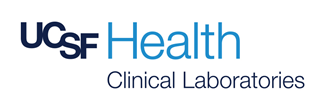
| Acceptable | > 39 mg/dL |
| Higher Risk | < 40 mg/dL |
| Lower Risk | > 59 mg/dL |
| Acceptable | > 45 mg/dL |
| Higher Risk | < 40 mg/dL |
| Lower Risk | 40-45 mg/dL |
| Acceptable | > 39 mg/dL |
| Higher Risk | < 40 mg/dL |
| Lower Risk | > 59 mg/dL |
| Acceptable | > 45 mg/dL |
| Higher Risk | < 40 mg/dL |
| Lower Risk | 40-45 mg/dL |
| Ordering |
| Collection |
| Processing |
| Result Interpretation |
| Acceptable | > 39 mg/dL |
| Higher Risk | < 40 mg/dL |
| Lower Risk | > 59 mg/dL |
| Acceptable | > 45 mg/dL |
| Higher Risk | < 40 mg/dL |
| Lower Risk | 40-45 mg/dL |
| Administrative |
| Complete View |
| Acceptable | > 39 mg/dL |
| Higher Risk | < 40 mg/dL |
| Lower Risk | > 59 mg/dL |
| Acceptable | > 45 mg/dL |
| Higher Risk | < 40 mg/dL |
| Lower Risk | 40-45 mg/dL |